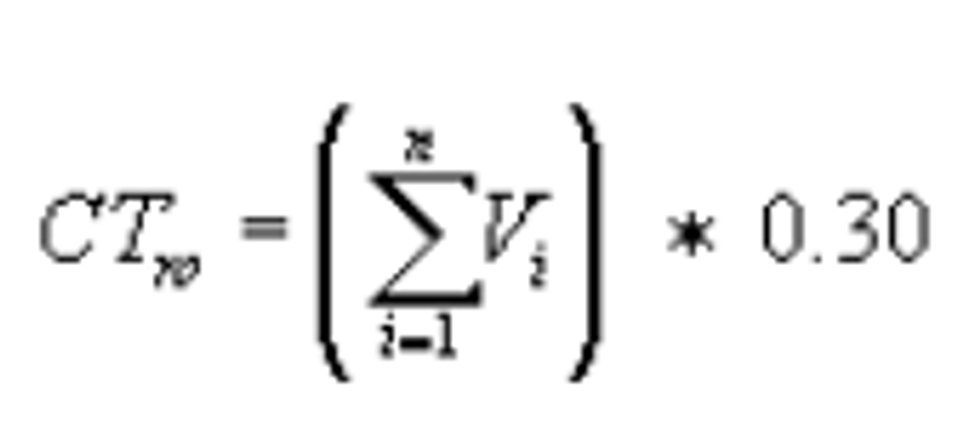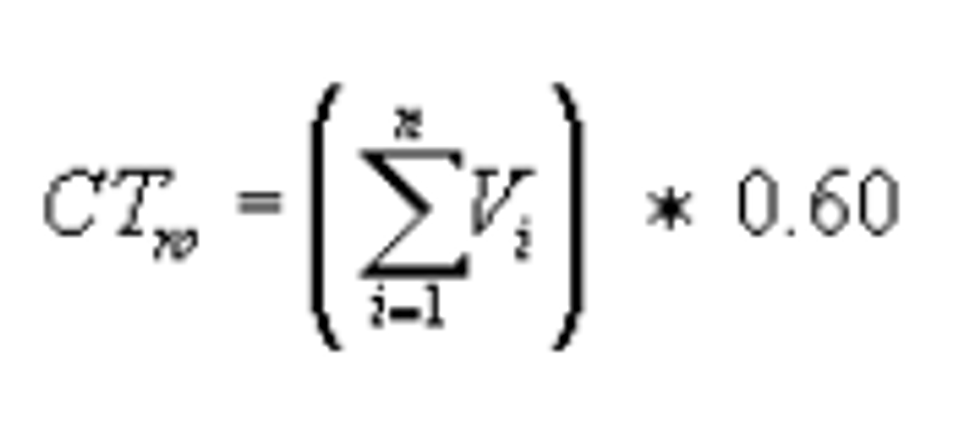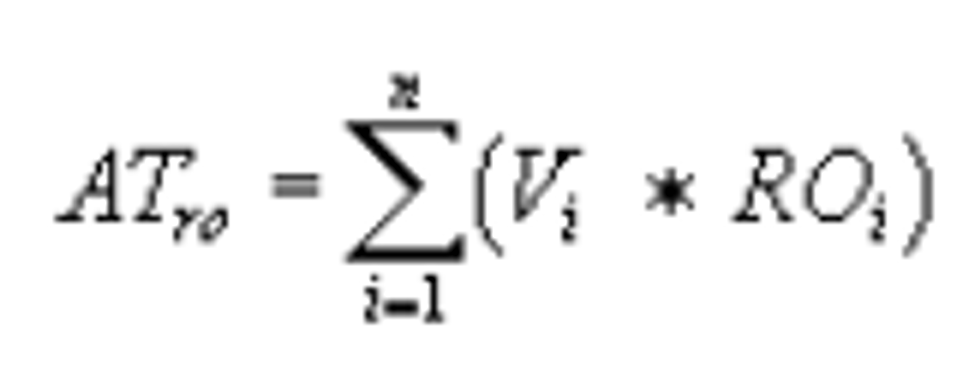[]
[]
07/25/2021
...
[Editor’s Note: This section is removed and reserved effective January 1, 2022.]
(a)Definition of renewable oxygenate.For purposes of subparts D and F of this part, renewable oxygenate is defined as provided in this paragraph (a).
(1) In the case of oxygenate added to reformulated gasoline or RBOB that is not designated as VOC-controlled or that is not subject to the additional requirements associated with an extended non-commingling season pursuant to §80.83(i), renewable oxygenate shall be:
(i) An oxygenate that is derived from non-fossil fuel feedstocks; or
(ii) An ether that is produced using an oxygenate that is derived from non-fossil fuel feedstocks.
(2) In the case of oxygenate added to reformulated gasoline or RBOB that is designated as VOC-controlled or that is subject to the additional requirements associated with an extended non-commingling season pursuant to §80.83(i), renewable oxygenate shall be an ether that meets the requirements of paragraph (a)(1)(ii) or (a)(3) of this section.
(3) An oxygenate other than those ethers specified in paragraphs (a)(1) or (a)(2) of this section may be considered a renewable oxygenate if the Administrator approves a petition to that effect. The Administrator may approve such a petition if it is demonstrated to the satisfaction of the Administrator that the oxygenate does not cause volatility increases in gasoline that are non-linear in nature (i.e., a non-linear vapor pressure blending curve). The Administrator may approve a petition subject to any appropriate conditions or limitations.
(4)(i) Oxygenate shall be renewable only if the refiner, importer, or oxygenate blender who uses the oxygenate is able to establish in the form of documentation that the oxygenate was produced from a non-fossil fuel feedstock.
(ii)(A) Any person who produces renewable oxygenate, as defined in paragraph (a)(1) of this section, or who stores, transports, transfers, or sells such renewable oxygenate, and where such renewable oxygenate is intended to be used in the production of gasoline, shall maintain documents that state the renewable source of the oxygenate, and shall supply to any transferee of the oxygenate documents which state the oxygenate is from a renewable source.
(B) Any person who imports oxygenate that is represented by the importer to be renewable oxygenate, as defined in paragraph (a) of this section, shall maintain documents, obtained from the person who produced the oxygenate, that include a certification signed by the owner or chief executive officer of the company that produced the oxygenate that states:
(1) The nature of the feedstock for the oxygenate; and
(2) A description of the manner in which the oxygenate meets the renewable definition under paragraph (a) of this section.
(iii) No person may represent any oxygenate as renewable unless the oxygenate meets the renewable definition under paragraph (a) of this section.
(5) For purposes of this section, an oxygenate shall be considered to be derived from non-fossil fuel feedstocks only if the oxygenate is:
(i) Derived from a source other than petroleum, coal, natural gas, or peat; or
(ii) Derived from a product:
(A) That was produced using petroleum, coal, natural gas, or peat through a substantial transformation of the fossil fuel;
(B) When the product was initially produced, it was not commonly used to generate energy (e.g. automobile tires); and
(C) The product was sold or transferred for a use other than energy generation, and was later treated as a waste product.
(b)Renewable oxygenate standard.(1) The reformulated gasoline and reformulated gasoline produced using RBOB that is produced by any refiner at each refinery, or is imported by any importer, shall contain a volume of renewable oxygenate such that the reformulated gasoline and reformulated gasoline produced using RBOB, on average, has an oxygen content from such renewable oxygenate that is equal to or greater than 0.30 wt% for the period of December 1, 1994 through December 31, 1995, and 0.60 wt% beginning on January 1, 1996.
(2) The averaging period for the renewable oxygenate standard specified in paragraph (b)(1) of this section shall be:
(i) Each calendar year; except that
(ii) Any reformulated gasoline and RBOB that is produced or imported prior to January 1, 1995 shall be averaged with reformulated gasoline and RBOB produced or imported during 1995.
(3)(i) The oxygenate used to meet the standard under paragraph (b)(1) of this section may also be used to meet any oxygen standard under §80.41; except that
(ii) The renewable oxygenate added by a downstream oxygenate blender shall not be used by any refiner or importer to meet the oxygen standard under§80.41, except through the transfer of oxygen credits.
(c)Downstream oxygenate blending using renewable oxygenate.(1) In the case of any refiner that produces RBOB, or any importer that imports RBOB, the oxygenate that is blended with the RBOB may be included with the refiner's or importer's compliance calculations under paragraph (d) of this section only if:
(i) The oxygenate meets the applicable renewable oxygenate definition under paragraph (a) of this section; and
(ii) The refiner or importer meets the downstream oxygenate blending oversight requirements specified in §§80.69(a)(6) and (7); or
(iii)(A) In the case of RBOB designated for “any renewable oxygenate” the refiner or importer assumes that ethanol will be blended with the RBOB;
(B) In the case of RBOB designated for “renewable ether only” or “non-VOC controlled renewable ether only “, the refiner or importer assumes that ETBE will be blended with the RBOB; and
(C) In the case of “any renewable oxygenate,” “non-VOC controlled renewable ether only” and “renewable ether only RBOB,” the refiner or importer assumes that the volume of oxygenate added will be such that the resulting reformulated gasoline will have an oxygen content of 2.0 wt%.
(2)(i) No person may combine any oxygenate with RBOB designated as “any renewable oxygenate” unless the oxygenate meets the criteria specified in paragraph (a) of this section.
(ii) No person may combine any oxygenate with RBOB designated as “renewable ether only” or “non-VOC controlled renewable ether only” unless the oxygenate meets the criteria specified in paragraph (a) of this section.
(d)Compliance calculation.(1) Any refiner for each of its refineries, and any importer shall, for each averaging period, determine compliance with the renewable oxygenate standard by calculating:
(i) Prior to January 1, 1996, renewable oxygen compliance total using the following formula:

(ii) Beginning on January 1, 1996, the renewable oxygen compliance total using the following formula:

where
CTro= the compliance total for renewable oxygen
Vi= the volume of reformulated gasoline or RBOB batch i
n = the number of batches of reformulated gasoline and RBOB produced or imported during the averaging period
(iii) The renewable oxygen actual total using the following formula:

where
ATro= the actual total for renewable oxygen
Vi= the volume of gasoline or RBOB batch i
ROi= the oxygen content, in wt%, in the form of renewable oxygenate of gasoline or RBOB batch i
n = the number of batches of gasoline or RBOB produced or imported during the averaging period
(iv) Compare the renewable oxygen actual total with the renewable oxygen compliance total.
(2)(i) The actual total must be equal to or greater than the compliance totals to achieve compliance, subject to the credit transfer provisions of paragraph (e) of this section.
(ii) If the renewable oxygen actual total is less than the renewable oxygen compliance total, renewable oxygen credits must be obtained from another refinery or importer in order to achieve compliance.
(iii) The total number of renewable oxygen credits required to achieve compliance is calculated by subtracting the renewable oxygen actual total from the renewable oxygen compliance total.
(iv) If the renewable oxygen actual total is greater than the renewable oxygen compliance total, renewable oxygen credits are generated.
(v) The total number of renewable oxygen credits which may be traded to a refiner for a refinery, or to another importer, is calculated by subtracting the renewable oxygen compliance total from the renewable oxygen actual total.
(e)Credit transfers.Compliance with the renewable oxygenate standard specified in paragraph (b)(1) of this section may be achieved through the transfer of renewable oxygen credits, provided that the credits meet the criteria specified in §§80.67(h)(1) (i) through (iv) and §§80.67(h) (2) and (3).
(f)Recordkeeping.Any refiner or importer, or any oxygenate blender who blends oxygenate with any RBOB designated as“any renewable oxygenate,”“non VOC controlled renewable ether only” or “renewable ether only” shall for a period of five years maintain the records specified in this paragraph (f) in a manner consistent with the requirements under§80.74, and deliver such records to the Administrator upon request. The records shall contain the following information:
(1)(i) Documents demonstrating the renewable nature and source of the oxygenate used, consistent with the requirements of paragraph (a)(3) of this section;
(ii) The volume, type, and purity of any renewable oxygenate used; and
(iii) Product transfer documentation for all renewable oxygenate, reformulated gasoline, or RBOB for which the party is the transferor or transferee.
(2) The requirements of this paragraph (f) shall apply in addition to the recordkeeping requirements specified in §80.74(e).
(g)Reporting requirements.(1) Any refiner for each refinery, or any importer, shall for each batch of reformulated gasoline and RBOB include in the quarterly reports for reformulated gasoline required by§80.75(a)the total weight percent oxygen and the weight percent oxygen attributable to renewable oxygenate contained in the gasoline, or contained in the RBOB subsequent to oxygenate blending if allowed under paragraph (c) of this section.
(2) Any refiner for each refinery, or any importer, shall submit to the Administrator, with the fourth quarterly report required by §80.75(a), a report for all reformulated gasoline and RBOB that was produced or imported during the previous calendar year averaging period, that includes the following information:
(i) The total volume of reformulated gasoline and RBOB;
(ii) The compliance total for renewable oxygen;
(iii) The actual total for renewable oxygen;
(iv) The number of renewable oxygen credits generated as a result of actual total renewable oxygen being greater than compliance total renewable oxygen;
(v) The number of renewable oxygen credits required as a result of actual total renewable oxygen being less than compliance total renewable oxygen;
(vi) The number of renewable oxygen credits transferred to another refinery or importer;
(vii) The number of renewable oxygen credits obtained from another refinery or importer; and
(viii) For any renewable oxygen credits that are transferred from or to another refinery or importer, for any such transfer:
(A) The names, EPA-assigned registration numbers and facility identification numbers of the transferor and transferee of the credits;
(B) The number of renewable oxygen credits that were transferred; and
(C) The date of the transaction.
(h)Renewable oxygenate requirements for reformulated gasoline used in the State of California.(1) Any refiner or importer of California gasoline, as defined in§80.81, shall meet the renewable oxygenate standard specified in paragraph (a) of this section for all reformulated gasoline or RBOB used in any reformulated gasoline covered area as specified in§80.70.
(2) Any California gasoline shall be presumed to be used in a reformulated gasoline covered area:
(i)(A) If the gasoline is produced at a refinery that is located within a reformulated gasoline covered area; or
(B) If the gasoline is transported to a facility that is located within a reformulated gasoline covered area, or to a facility from which gasoline is transported by truck into a reformulated gasoline covered area; unless
(ii) The refiner or importer is able to establish with documentation that the gasoline was used outside any reformulated gasoline covered area.
(3) Any California gasoline shall be considered to be designated as VOC-controlled (for purposes of paragraph (a)(1) of this section) if the Reid vapor pressure of the gasoline, or RBOB subsequent to oxygenate blending, is intended to meet a standard of:
(i) 7.8 psi or less in the case of gasoline intended for use before March 1, 1996; or
(ii) 7.0 psi or less in the case of gasoline intended for use on or after March 1, 1996.
(i)Special provisions for shoulder season.(1) The Governor of any State may petition for an extension of the non-commingling season for any or all reformulated gasoline covered areas within the State pursuant to§80.70.
(i) Such petition must satisfy the following criteria:
(A) Evidence showing an increase in the market share and/or use of oxygenates which produce commingling-related RVP increases in the area(s) that are covered by the petition;
(B) Evidence demonstrating a pattern of exceedances for the period for which the extension is sought, including ozone monitoring data for the preceding three(3) years of the reformulated gasoline program;
(C) An analysis showing that the pattern of ozone exceedances is likely to continue even with implementation of other ozone air quality control measures and/or programs currently planned by the State; and
(D) Evidence that the responsible State agency or authority has given the public an opportunity for a public hearing and the submission of written comments with respect to the petition.
(ii) Effective data and publication of decision.
(A) If the Administrator determines that the petition meets the requirements of paragraph (i)(1)(i) of this section, to the satisfaction of the Administrator, then EPA shall publish a notice in theFederal Registerannouncing its intention to establish the non-commingling season as requested by the Governor, and specifying a tentative effective date.
(1) The Administrator shall provide the public with an opportunity for a hearing and the submission of written comments.
(2) The tentative effective date will correspond with the first day of the next complete non-commingling season beginning not less than one year after receipt of the petition.
(B) If the Administrator receives adverse comments or information demonstrating to the satisfaction of the Administrator that the criteria of paragraph (i)(1)(i) of this section have not been met, that the tentative effective date is not reasonable, or that other good reasons exist to deny the petition, then the Administrator may reject the Governor's request for an extended non-commingling season, in whole or in part, or may delay the effective date by up to two (2) additional years. Absent receipt of such adverse comments or information, EPA shall publish a notice in theFederal Registerannouncing its approval of the petition and specifying an effective date for the extended non-commingling season.
(2) In the case of any refiner that produces RBOB, or any importer that imports RBOB, the oxygenate that is blended with the RBOB may be included with the refiner's or importer's compliance calculations under paragraph (d) of this section only if:
(i) The oxygenate meets the applicable renewable oxygenate definition under paragraph (a) of this section; and
(ii) In the case of RBOB designated for “non VOC controlled ether only” the refiner or importer assumes that ETBE or other oxygenate that does not exhibit volatility-related commingling effects when mixed with other gasolines and approved by the EPA Administrator under subparagraph (a)(3) of this section will be blended with the RBOB and so labels the transfer documentation.
Effective Date Note:At 59 FR 39290, Aug. 2, 1994, § 80.83 was added, effective Sept. 1, 1994, except for paragraphs (g) and (h), which would not become effective until approval had been given by the Office of Management and Budget. At 59 FR 60715, Nov. 28, 1994, this section was stayed, effective Sept. 13, 1994. At 70 FR 74571, Dec. 15, 2005, § 80.83 was revised; however, the amendment could not be incorporated because the section is stayed.
[59 FR 39290, Aug. 2, 1994; 85 FR 78467, Dec. 4, 2020]
READ MORESHOW LESS
Load More
J. J. Keller is the trusted source for DOT / Transportation, OSHA / Workplace Safety, Human Resources, Construction Safety and Hazmat / Hazardous Materials regulation compliance products and services. J. J. Keller helps you increase safety awareness, reduce risk, follow best practices, improve safety training, and stay current with changing regulations.
Copyright 2024 J. J. Keller & Associate, Inc. For re-use options please contact copyright@jjkeller.com or call 800-558-5011.
